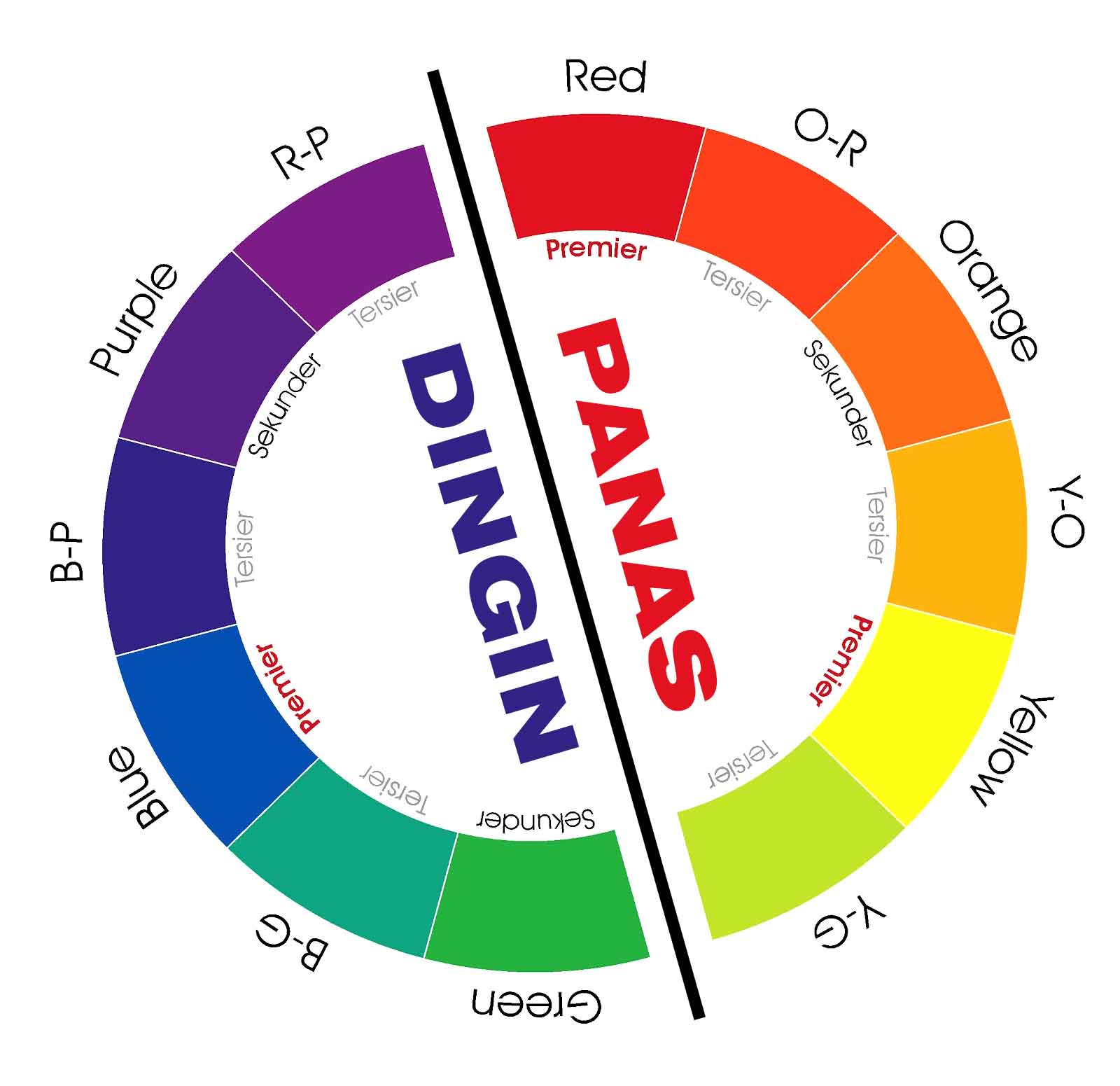The Power of Black and White: A Timeless Classic
Are black and white truly colors? This question sparks debate amongst artists, scientists, and curious minds alike. While scientifically, black is the absence of light and white is the presence of all colors, their cultural and artistic impact elevates them to a status beyond mere shades. This exploration delves into the fascinating world of black and white, examining their history, significance, and the power they hold in various fields.
From the earliest cave paintings to modern minimalist design, black and white have played a crucial role in visual expression. Think about the iconic photographs of Ansel Adams or the dramatic contrast in film noir. These shades evoke a range of emotions, from serenity and peace to drama and intensity. Their versatility is undeniable, seamlessly transitioning between mediums and artistic styles.
The enduring appeal of black and white lies in its ability to simplify and focus attention. By removing the distraction of color, the viewer's eye is drawn to the composition, texture, and form. This is particularly evident in photography, where black and white can transform an ordinary scene into a powerful statement. Consider the interplay of light and shadow, the subtle gradations of gray, and the heightened sense of drama that these shades create.
Beyond the artistic realm, black and white hold symbolic meaning in various cultures. Black often represents power, elegance, and sophistication, while white symbolizes purity, innocence, and peace. These associations influence fashion, design, and even social customs, contributing to the timeless quality of these shades.
Understanding the historical context of black and white in art and design is crucial. From ancient pottery to medieval manuscripts, the use of these contrasting shades has evolved over time. Technological advancements, like the invention of photography and film, further cemented their importance in visual culture. This historical perspective allows us to appreciate the enduring impact of black and white and their continued relevance in the modern world.
One of the primary benefits of utilizing black and white is the creation of timeless imagery. Think of classic film photography or fashion photography—black and white transcends trends, maintaining its appeal across generations. This timeless quality is valuable in creating lasting impressions and avoiding dated aesthetics.
Black and white also offer a powerful tool for emphasizing textures and patterns. By removing color, the focus shifts to the intricate details of a subject, enhancing its visual interest. This is particularly effective in architectural photography and nature photography, where the textures of stone, wood, or foliage become more prominent.
A third benefit lies in the versatility of black and white. These shades can be incorporated into various design elements, from logos and branding to interior design and web design. Their neutral nature allows them to complement a wide range of styles and color palettes, making them a versatile choice for any creative project.
Incorporating black and white effectively involves understanding contrast, composition, and lighting. Experimenting with different shades of gray is also crucial in achieving the desired effect. Consider the mood and message you want to convey, and use black and white strategically to enhance your visual storytelling.
Advantages and Disadvantages of Using Black and White
| Advantages | Disadvantages |
|---|---|
| Timeless Appeal | Can Lack Vibrancy in Certain Contexts |
| Emphasis on Texture and Form | Can Be Perceived as Cold or Stark |
| Versatility in Design | Not Suitable for All Applications (e.g., showcasing colorful products) |
Real-world examples of the effective use of black and white can be seen in fashion photography, architectural photography, logo design (think Chanel), film noir, and fine art photography.
Frequently Asked Questions:
1. Are black and white colors technically? - Scientifically, no. Artistically, they are often treated as such.
2. Why is black and white photography still popular? - Its timeless appeal and ability to emphasize composition and texture.
3. How can I use black and white effectively in my design work? - Focus on contrast, lighting, and composition.
4. What are some common symbolic meanings of black and white? - Black often represents power and elegance, while white symbolizes purity and peace.
5. What is the history of black and white in art? - Its use spans centuries, from ancient pottery to modern design.
6. What are some examples of black and white used in branding? - Many luxury brands use black and white logos for a classic feel.
7. What are the benefits of using black and white in web design? - It can create a clean, minimalist aesthetic.
8. How do I choose between color and black and white for a photograph? - Consider the mood and message you want to convey.
In conclusion, the power of black and white extends far beyond the scientific definition of color. These shades have shaped artistic expression, cultural symbolism, and design principles for centuries. Their timeless appeal, ability to emphasize texture and form, and remarkable versatility make them essential tools for any creative endeavor. By understanding the historical context, practical applications, and symbolic meanings of black and white, we can harness their power to create impactful and enduring visuals. Embrace the elegance and simplicity of these contrasting shades, and discover the endless possibilities they offer. Whether in photography, design, or any other creative field, black and white continue to hold a unique and powerful position. Explore the world of black and white and unlock its creative potential for yourself.
The allure of casey malone a television phenomenon
Lkq wichita ks inventory your auto parts treasure trove
Understanding public interest in luke combs family














